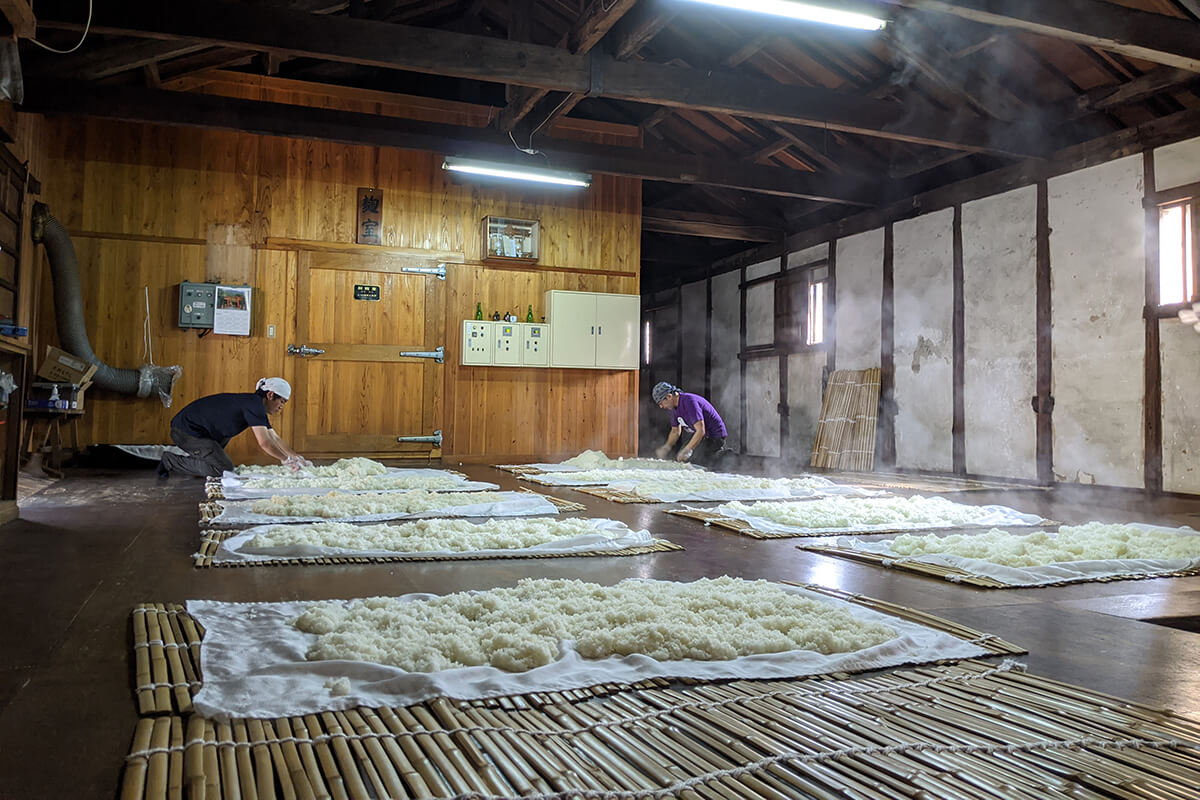Hanahato “Kijoshu” 8 Years Aged
Hiroshima prefecture
Top off a special evening
Most sake is brewed using water, but “kijoshu” is brewed with sake. This bottle has also been aged for eight years, giving it a beautiful amber color. It’s a rich, sweet sake with layers of caramel, dried fruit and nuts, not unlike a fine sherry or a lovingly aged whiskey. Savor its deep flavors on its own, alongside desserts, or with delicacies such as Peking duck or grilled unagi with sauce.
Characteristics
| Brand | Hanahato |
| Brewery | Enoki Brewing Company |
| Category | Other |
| Subcategory | Koshu |
| Taste Profile | Rich & Sweet |
| Rice variety | Nakate Shinsenbon |
| Yeast variety | Association No. 7 |
| Alcohol | 16.50% |
| RPR | 65% |
| SMV | -41.0 |
| Acidity | 3.4 |
Serving Temperature

-
 Recommended
Recommended
-
 Not Recommended
Not Recommended
Region

Hanahato is made in Hiroshima prefecture in the Chugoku region.
Taste Metrics
Tasting Notes
-
Caramel

-
Dried Fruit

Recommended Pairing
-
Cheese

-
Fruits


Enoki Brewing Company
Enoki Brewing Company was founded in 1899 in Hiroshima prefecture, which faces the Seto Inland Sea. Currently in their fourth generation of ownership, they have a surprisingly small production volume for a brand that’s recognized for winning accolades both nationally and internationally. They are the first...
Learn moreCustomer reviews
Tippsy Sake Club
Our sommelier will recommend sake according to your taste when you join Tippsy Sake Club. Also enjoy:
- Members-only prices
- Discounted shipping
- An exclusive sake cup with your first club order
- and more!
All about sake
-
 Introduction
Introduction
Welcome To Your Sake Journey!
-
 Lesson 1
Lesson 1
What Is Sake?
-
 Lesson 2
Lesson 2
What Is Sake Made of and How Is It Made?
-
 Lesson 3
Lesson 3
What Is Rice Polishing Ratio?
-
 Lesson 4
Lesson 4
Types of Sake
-
 Lesson 5
Lesson 5
How To Store Sake
-
 Lesson 6
Lesson 6
How To Drink and Serve Sake
-
 Lesson 7
Lesson 7
Food Pairing Guide
-
 Lesson 8
Lesson 8
Best Sake Bottles and Brands for Beginners





